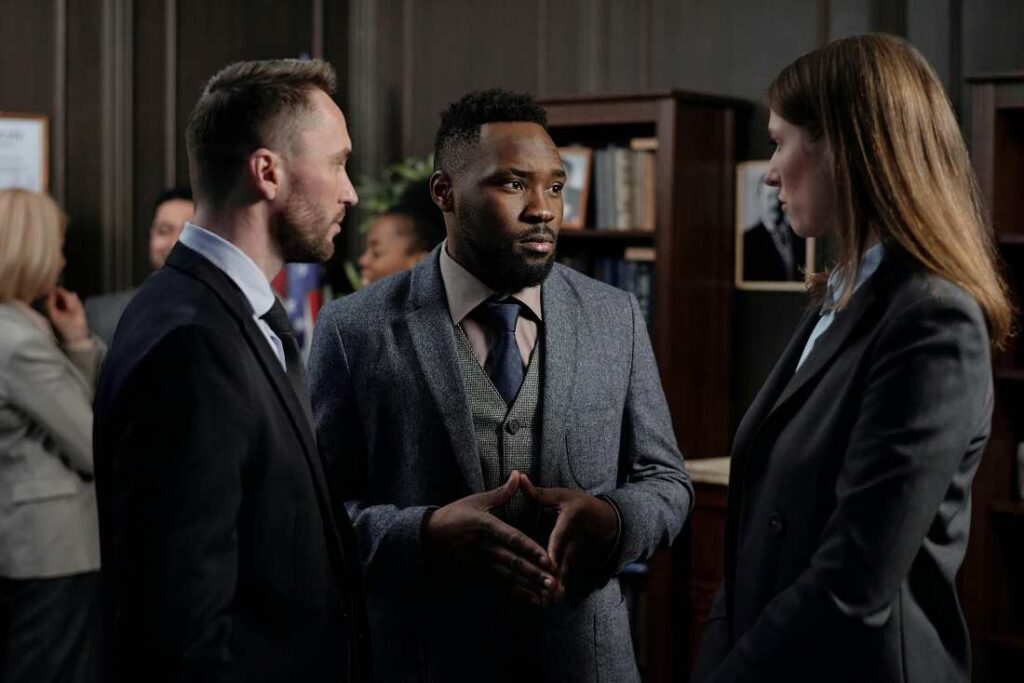
When an accident takes place, something or someone is responsible for it. Whether it is a car accident, truck accident, accident at a construction site, etc, there is always a reason behind it.
If the person who suffered the injuries or damages believes that it is the other party who caused the accident, they get entitled to compensation. However, it is not as easy as it may sound. The victim party will have to prove the negligence of the other party.
Salt Lake City is no exception when it comes to accidents. The traffic jams, highways, and other factors there make it less likely that accidents will not take place.
Therefore, it is essential to know one’s rights and how they can protect them. Salt Lake City Personal Injury Lawyers can help in proving negligence. They can help you seek the proper compensation from the other party for the damages and injuries sustained. Merely sustaining injury does not automatically make you entitled to monetary compensation. There are different elements of negligence that you will have to prove. We will discuss those elements in this blog.
What elements define the compensation?
- The type of negligence that resulted in the accident.
- The after-effects (short and long term) of the injuries.
- Losing the earnings and if the accident resulted in the death of a person (could be a family member, too).
- How severe were the injuries sustained by either your family or you?
Financial recovery will vary from person to person because accident cases are not the same for everyone. Therefore, a professional lawyer can help evaluate your claims.
What are the elements of negligence?
There are primarily five elements of negligence. They need to be proven in order to seek compensation from the other party. Let us briefly discuss them below:
- Duty of care
There are different laws and regulations that should be followed while driving. A person has a duty of care towards others on the road.
They should be driving responsibly to not cause any harm to others.
- Breaching the duty
Under this element, the person was not up to the mark in living up to the standards of laws and regulations. Hence, breached the duty of care.
It can be understood with an example. Let us say the driver was under the influence of some substance while driving (it is prohibited to drive) and hit someone; now, this will come under breach of care.
- Breach should be the direct cause of the accident or injuries.
Let us say they breached the duty, but that did not result in the accident, and some other reason was behind it.
In such cases, it will not be considered for the personal injury claim. The party’s negligence needs to be the direct cause of the accident when filing the claim.
To give you an example, if a car hit a person and the driver was drunk while driving, but the accident occurred because of some other reason, it will not be considered for a claim.
- Knowing their actions can possibly lead to harm.
If a person knew their certain actions could lead to harm and yet they went ahead with it, they can be held responsible for it.
However, if the harm was beyond the predictability level, then they cannot be held liable for it.
- Sustaining harm from the accident.
The person trying to seek compensation should have actually suffered harm from the accident.
However, if that is not the case, then they are not entitled to seek compensation.
Contact a Personal Injury Lawyer!
- A lawyer can help you in gathering the evidence to support your claim.
- They can take witnesses’ statements, take pictures from the site of the accident, etc.
- These things can be used to show that the other party was responsible for the accident.


